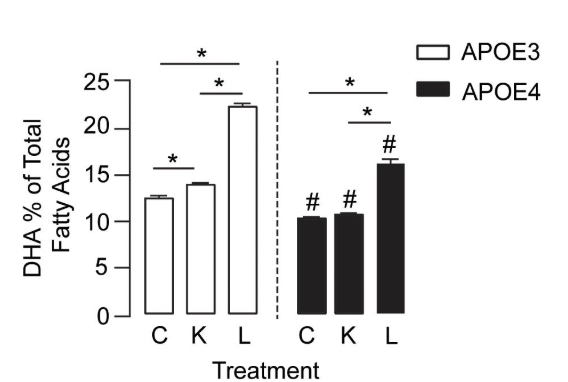You’re right. I asked further questions, answer:
If autoimmunity or inflammatory T-cell responses (like those targeting PINK1) in Parkinson’s disease (PD) are genuine but secondary events—meaning they are triggered by earlier pathological processes rather than being primary or causal—it would significantly shift therapeutic expectations and strategies:
1. Implications for Disease Modification
- If autoimmune responses occur downstream of an initial insult (e.g., mitochondrial dysfunction, accumulation of α-synuclein, environmental triggers, gut-brain axis disruptions), then immunosuppression (like rapamycin treatment) might still slow disease progression but may not stop it completely.
- Partial disease modification: Rapamycin could interrupt the self-perpetuating inflammatory loop, slowing neurodegeneration by reducing collateral immune damage.
- However, fundamental disease drivers (such as mitochondrial dysfunction or protein misfolding) would continue independently, meaning progression could still occur at a slower rate.
2. Symptom Relief vs. Slowing Disease
- Rapamycin or similar immunomodulators might significantly slow disease progression if immune-driven inflammation exacerbates neuronal loss.
- Even if autoimmune responses are secondary, they could still accelerate and amplify neuronal injury. Interrupting this mechanism might delay disability and preserve quality of life.
- However, these treatments might not prevent eventual progression, as the underlying triggers persist. Thus, they’d be “disease-modifying,” but only partially so.
3. Therapeutic Timing and Effectiveness
- Immunotherapy might be most effective earlier in disease, after initial pathology but before extensive autoimmune amplification occurs.
- Starting treatment after extensive neuronal loss or widespread inflammation has already occurred might be too late for substantial benefit, as the damage may be irreversible or self-sustaining independently of the autoimmune component.
4. Combination Treatments and Multimodal Approaches
- If autoimmunity is secondary, the most promising therapeutic strategy would likely be a multimodal approach, combining:
- Immunomodulators (like rapamycin) to limit secondary immune damage.
- Primary-pathology targeted therapies (e.g., mitochondrial enhancers, α-synuclein aggregation inhibitors, antioxidants, or neuroprotective agents) to target upstream drivers.
- Symptomatic treatments (dopaminergic drugs, deep-brain stimulation) for immediate quality-of-life improvements.
5. Biomarker Development and Personalized Medicine
- If autoimmune markers (such as PINK1-specific T-cells) reflect secondary responses, they would be excellent markers of ongoing inflammatory processes rather than early predictive biomarkers.
- This would facilitate personalized medicine approaches, where immune interventions are tailored according to the intensity of the inflammatory response, even if secondary.
Conclusion
If autoimmunity in PD is secondary, rapamycin and related immune-targeted therapies would still have significant therapeutic value by mitigating immune-related collateral damage. However, to comprehensively treat or prevent PD, we’d need to identify and address the initial upstream events simultaneously or separately.
Thus, a nuanced therapeutic approach would include both upstream interventions (to target root causes) and immunomodulation (to limit secondary inflammatory damage), thereby providing the best chance to meaningfully slow or halt disease progression.

